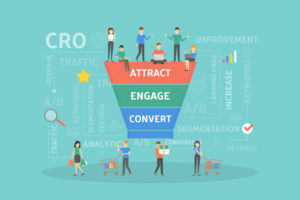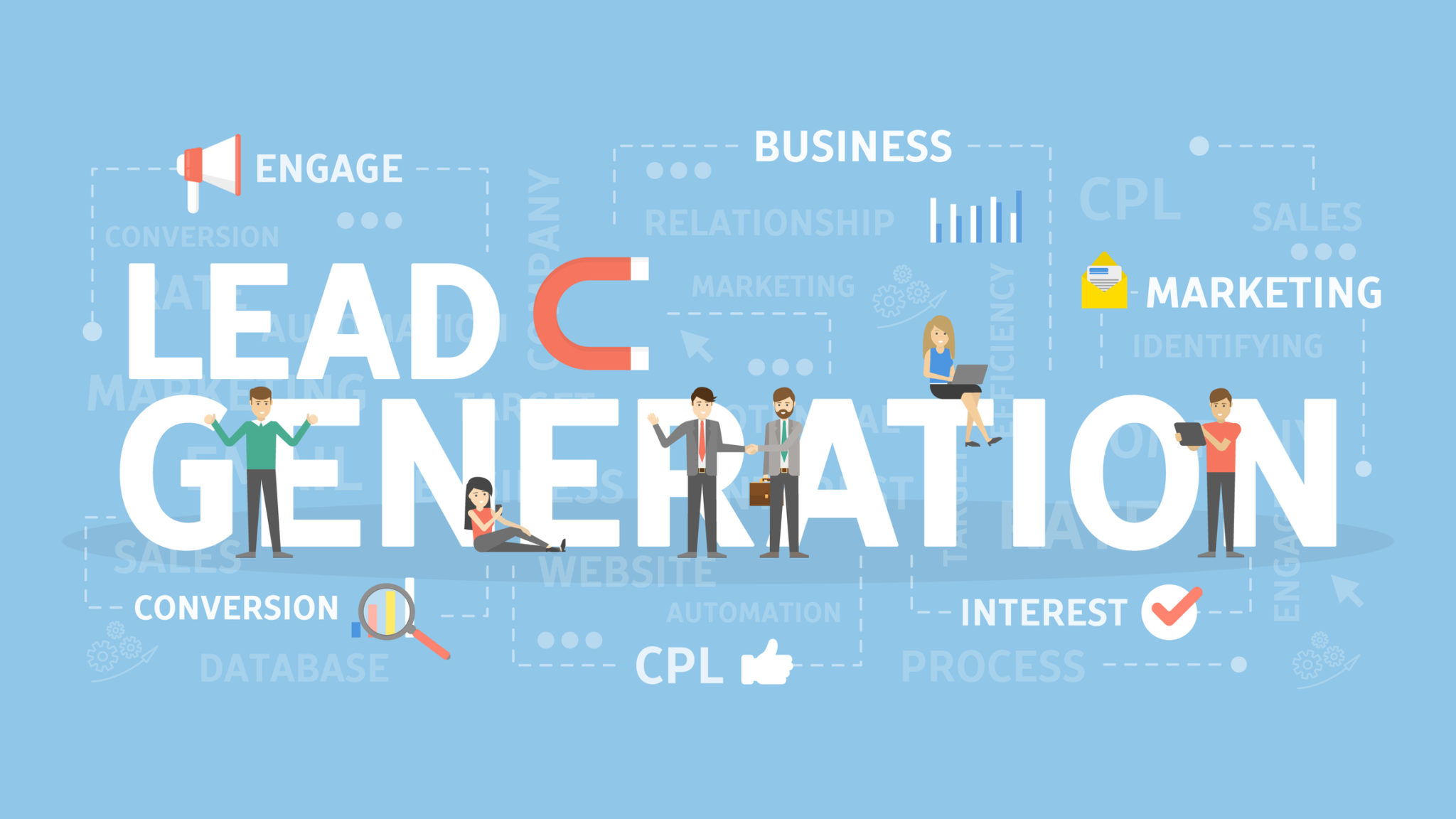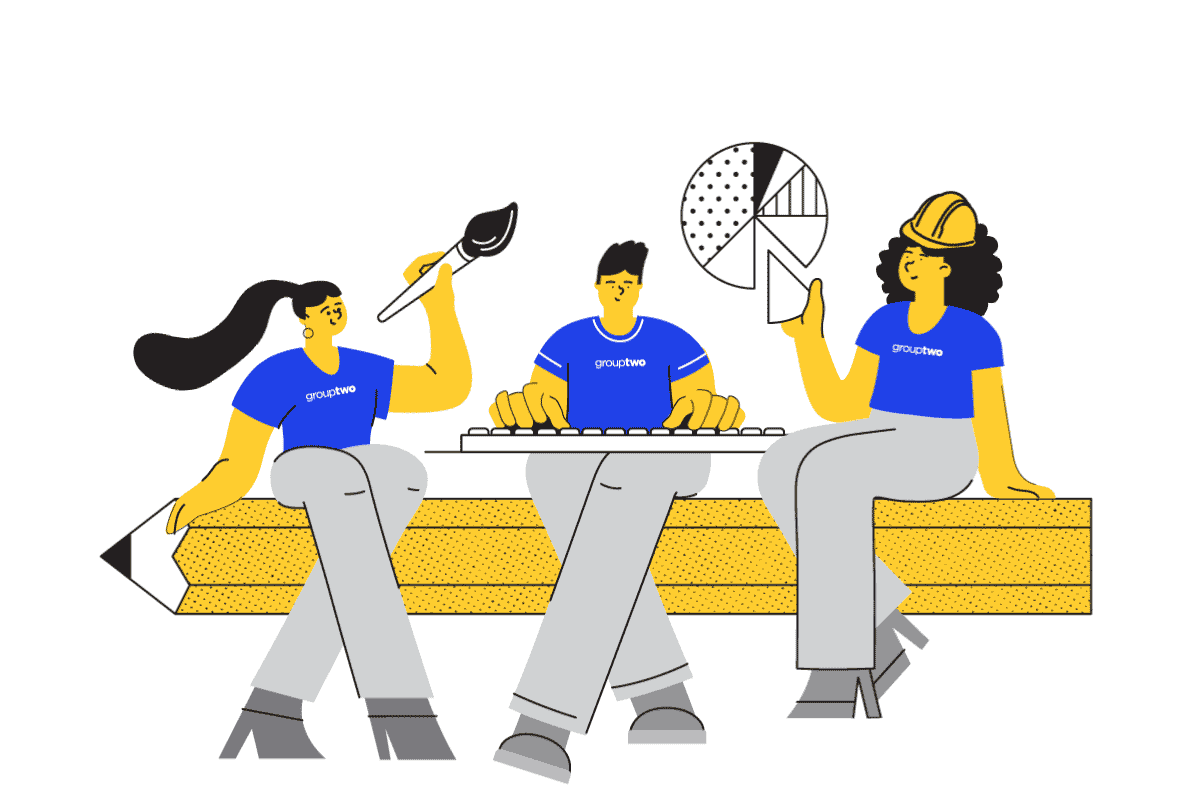In 2019, people are not only shopping on mobile devices, they’re taking more steps to get to the exact product they want. This sequence of steps can be articulated through a sales funnel, a marketing model that maps out the route that buyers take from initial awareness of a product to a final purchase. More shoppers on mobile may mean more competition, but it also means that you have more opportunities to express your unique brand at different points in your sales funnel.
Any buyer, whether they’re purchasing their first home or their third, wants to do adequate research in order to find a builder they can definitively trust. Target-based tactics come later — think of the top of the funnel, or the beginning, as an informal meet-and-greet, where your job is to introduce yourself and make your prospects comfortable by allowing them to get their feet wet.
Meet Your Buyers Where They Are
It’s important for you to have a sales funnel that’s properly laid out, so you can know exactly when and how to interact with buyers at different points. Each buyer has a different mentality and purpose at each stage of the funnel, which means that you always have to meet them where they are — not behind, and not ahead.
If you simply clicked on an ad for jeans on Facebook, would you be startled if the company called you the next day and asked what size you wanted? Talk about a turn off. When it comes to communicating with your buyers appropriately, the key is to recognize what they want at any given point in the sales funnel, not just the end.
Tactics at the Top of the Funnel
Let’s start with the top of the funnel: the point at which your buyer discovers and researches your product. From your social media platforms to organic and paid Google ads, this is your chance to establish real trust and build interest. Remember — several of these tactics will be used throughout your entire funnel, but the messaging will change as the mentality of your buyers shifts.
- Social Media: create a presence along with ads that focus on brand awareness
- Blogs: provide informative resources through SEO-rich content, i.e. “5 Things to Look For in a Builder,” “7 Tips on How to Get a Mortgage”
- Google Ads: drive traffic though concise, reputation-focused ads that promote brand awareness and build trust
- Pinterest: drive traffic to the website through paid ads that inspire home design
- YouTube Videos: establish trust with how to’s, i.e. “How To Fix Your Leaky Sink,” not meant to sell

Discovery and Research is Only the Beginning
If someone would take multiple steps (i.e. scroll past a social media post, click on an ad, browse a website) to buy the perfect toaster, think about how many steps they would take to buy a home… But far too often, builders only pay attention to the “last click,” or the last place that the buyer went before filling out a contact lead form or walking into a model home, and don’t pay attention to the many other points in the funnel where buyers interact. (After all, if we only looked at the last place customers told us they found us, 100% of our marketing budget would be made up of signage or TV commercials that we DON’T have running!)
Once someone discovers you and digs a little deeper, their searching will shift from general questions and curiosity to intent. That’s where the middle of the funnel comes into play — in the next blog in our Buyer Journey Breakdown series, we’ll discuss how the customer mindset changes, and how you can structure your marketing funnel to meet them where they are in their journey.

